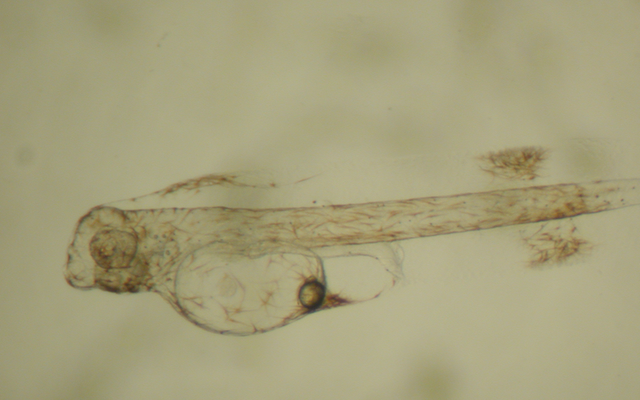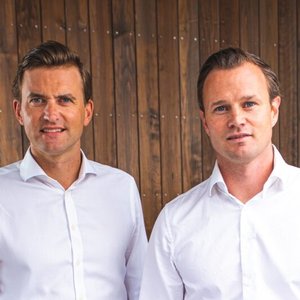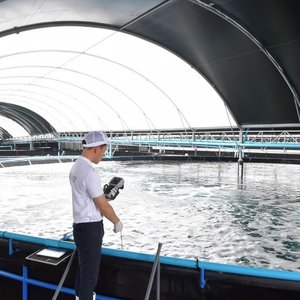The Chilean National Institute of Industrial Property (INAPI) granted the patent for the System and procedure to optimize the production of copepod eggs from the Chilean Catholic University of the North (UCN) together with the University of Córdoba and the University of Nariño, both from Colombia.
The research to achieve the patent was developed during the pandemic within the framework of the doctoral thesis of Gustavo Torres Valencia, professor at the University of Nariño, graduate of the aquaculture program at the University of Córdoba and a PhD in aquaculture at the UCN, with the participation of academics Germán Merino Araneda from the UCN and Prieto Guevara from the University of Córdoba, as co-inventors.
“What was sought was how to cultivate copepods at a higher density, and thus have breeders at a higher density to obtain eggs and bring them to a diapause condition, which would allow them to be stored and transported to different places. The prototype built and evaluated allowed production data to be validated and consequently led to its patenting,” explained Merino.
The system has reached high egg productivity, which is captured and concentrated in the patented system. The eggs can be incubated to obtain nauplii as a first feed for marine fish larvae. Eggs can also be concentrated and placed in a cold chamber to promote the diapause process, store them and market them.
Currently, only one company markets packaged copepod cysts and distributes them worldwide. “Today we have a prototype that allows both high-density cultivation of copepods, as well as the production of eggs or cysts. The next stage is to develop the prototype on a larger scale to feed marine fish larvae in a pilot culture,” said Germán Merino.













